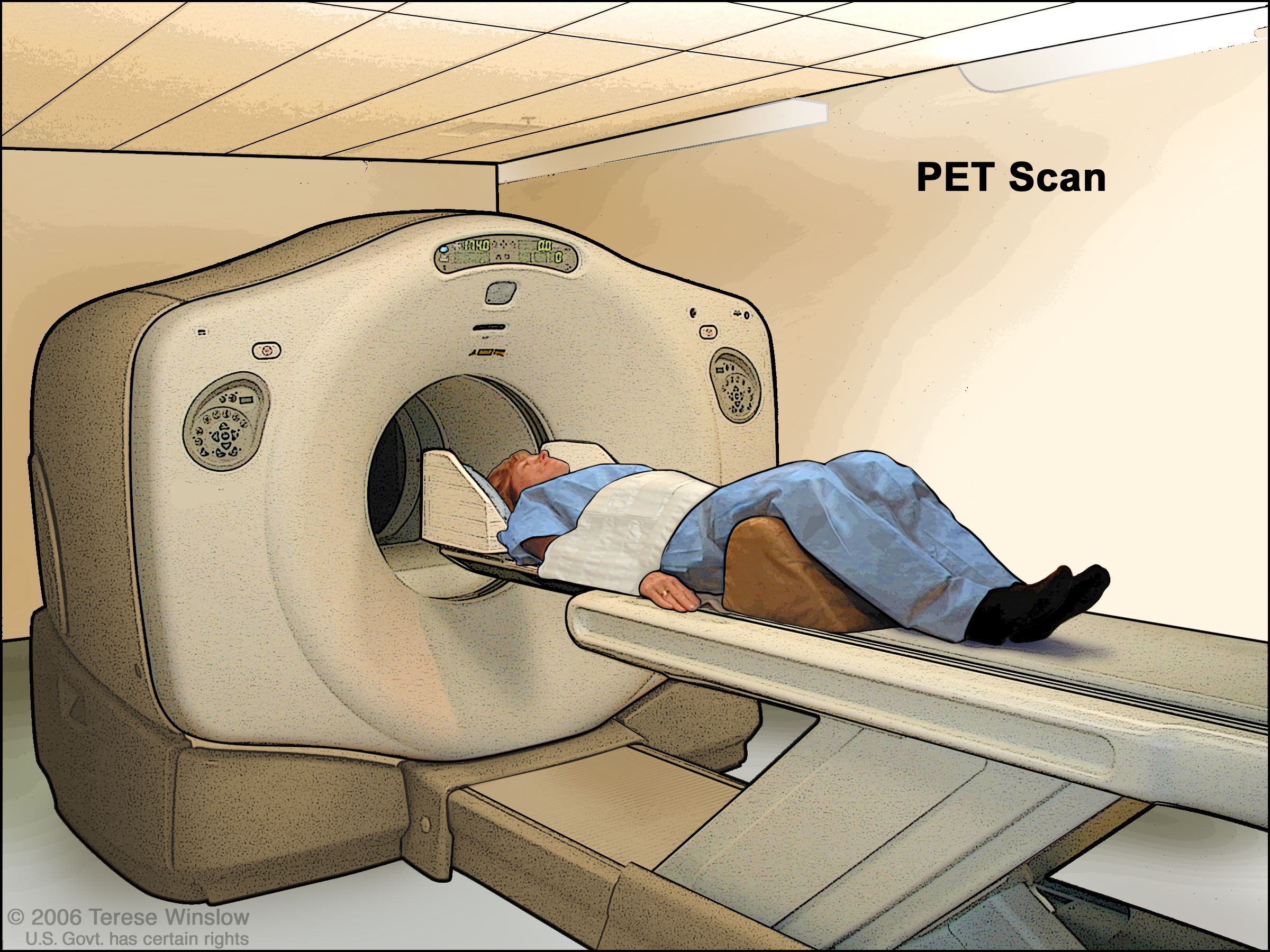PET Scans: Benefits & Risks
What Is a PET Scan?
A PET scan, or positron emission tomography scan, is a type of imaging test that uses a radioactive substance called a tracer to detect changes in the body’s metabolism and chemical activity. PET scans are often used to diagnose and evaluate conditions such as cancer, heart disease, and neurological disorders.
During a PET scan, the patient is injected with a small amount of a radioactive tracer, which is typically a form of glucose (sugar) that is tagged with a radioactive atom. The tracer travels through the body and accumulates in areas of high metabolic activity, such as tumors or areas of inflammation. The patient then lies on a table that slides into a machine called a PET scanner, which detects the radioactive signals emitted by the tracer.
The PET scanner creates images that show the distribution of the tracer in the body, allowing healthcare providers to see how well organs and tissues are functioning. PET scans can provide information about the location, size, and metabolic activity of tumors, as well as the extent of disease in other conditions.
PET scans are often combined with other imaging tests, such as CT scans or MRI scans, to provide more detailed information. The combination of PET and CT in a single scan is called a PET-CT scan, which can provide both metabolic and structural information in a single imaging session.
PET scans are generally safe, but they do involve exposure to radiation. The amount of radiation used in a PET scan is considered safe for most patients, but pregnant women and individuals who are breastfeeding should not undergo a PET scan unless absolutely necessary. Consult your specialist if you are concerned about the risks of a PET scan.
Are there risks associated with PET scans?
Yes, like any medical procedure, PET scans carry some risks, although they are generally considered safe. The primary risk associated with PET scans is exposure to radiation from the radioactive tracer used in the procedure. The amount of radiation used in a PET scan is relatively small, but it is important to minimize unnecessary exposure, especially for pregnant women and children.
Other potential risks of PET scans include:
- Allergic reaction: Some people may have an allergic reaction to the radioactive tracer used in the scan. This is rare but can occur.
- Discomfort: Some people may experience discomfort from lying still for an extended period during the scan.
- Infection: There is a slight risk of infection at the injection site where the radioactive tracer is administered, although this is rare.
- False positives: PET scans can sometimes produce false-positive results, meaning they may suggest the presence of disease where there is none. This can lead to unnecessary further testing or treatment.
- False negatives: PET scans can also produce false-negative results, meaning they may not detect existing disease. This can lead to a delay in diagnosis and treatment.
Despite these risks, PET scans are generally considered safe and are an important tool in diagnosing and monitoring a variety of conditions. The benefits of a PET scan in terms of diagnosing and managing disease often outweigh the risks for most patients. It’s important to discuss any concerns or questions you have about the risks and benefits of a PET scan with your healthcare provider before undergoing the procedure.




